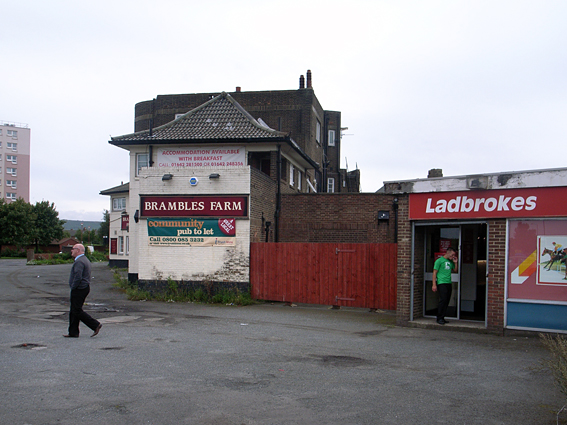LAST ORDERS
August 18th, 2008 adminDuring a visit to Middlesbrough last week I came across six pubs in one day that were either boarded up or had ‘for sale’/ ‘pub to let’ signs up outside, such as the Brambles Farm on Cargo Fleet Lane.
While there are approximately 57,500 public houses in the UK with one in almost every city, town and village, statistics compiled by the British Beer and Pubs Association found that 27 pubs a week closed in 2007 – seven times faster than the previous year and 14 times faster than 2005. This means that four a day are closing in a country where the pub has been an integral part – some might say essential part – of social, cultural and business life for centuries. (Follow this link for a short history of the pub).
In many places, especially in villages, a pub can be the focal point of the community, playing a complementary role to the local church in this respect. The writings of Samuel Pepys describe the pub as the heart of England and the church as its soul.
So why are pubs in trouble? Publicans and landlords talk about rising rent, rates, fuel, property, taxation, lower disposable income (thanks to higher household bills and mortgages), the smoking ban, the trend towards wine drinking, and fierce competition from off-licences, newsagents and supermarkets. Pubs have also suffered from the abundance of alternative leisure pursuits available these days – fifty years ago the choice would have been the cinema, dance hall or a few sporting events. However, somewhat surprisingly given the almost daily headlines of the British binge drinking culture, as a nation we’re actually drinking less. According to the BBPA, average consumption is down 15 per cent on 2000.
One place where I didn’t find much evidence of a slow-down in drinking was Easington Working Men’s Club in Easington Colliery, County Durham, where we enjoyed a pint on Friday night. The place was packed with a full house for bingo and quiz night.
Â


